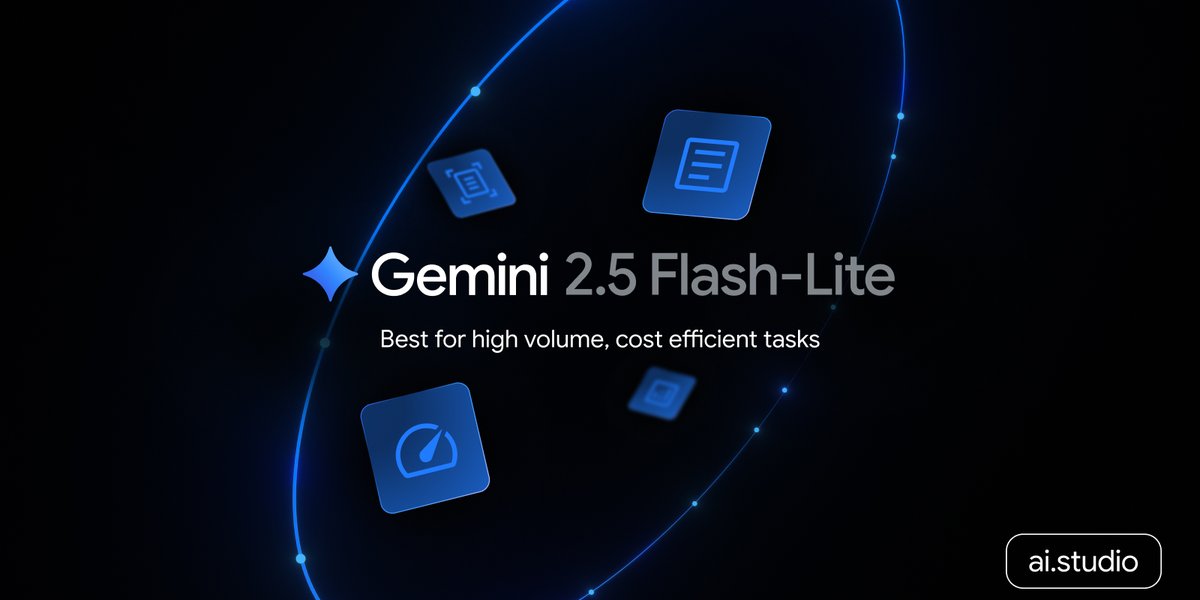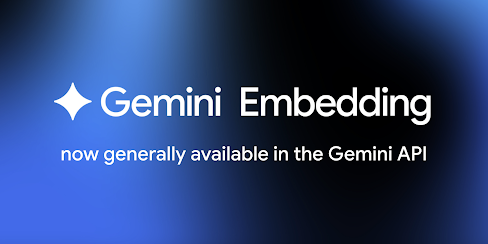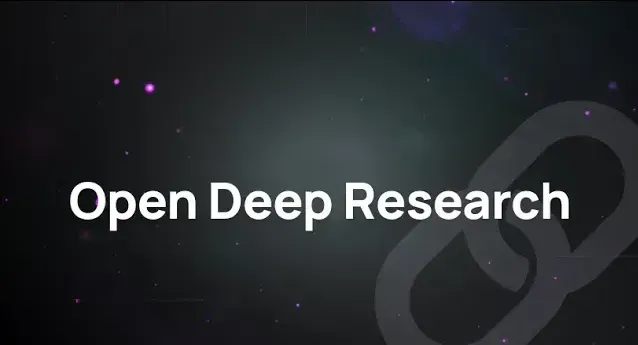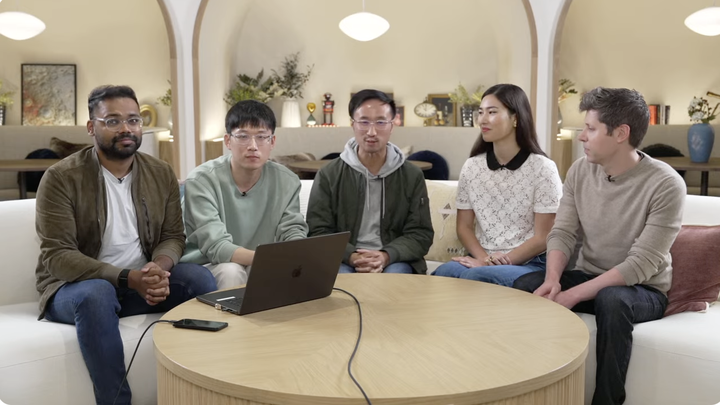大家好,欢迎阅读 BestBlogs.dev 第 56 期 AI 精选。
本周,开源大模型领域的竞争愈发激烈,以通义、Kimi 为代表的国内厂商相继发布其强大的代码与智能体模型,再次刷新了多项基准测试的 SOTA 记录。在开发者生态中,上下文工程成为焦点,行业先行者分享了系统性的实践经验。与此同时,OpenAI 的 ChatGPT Agent 正式登场,将 AI 产品的能力边界从对话扩展到了复杂的任务执行,预示着 AI 应用的新篇章。
🚀 模型与研究亮点
- 💻 通义发布超强代码特工 Qwen3-Coder ,其 480B 参数的 MoE 模型通过强化学习具备了代理思维,在代理式编程和复杂软件工程任务上达到开源模型 SOTA。
- 📖 月之暗面发布并开源万亿参数的 MoE 模型 Kimi K2 ,它在代码生成、Agentic 任务和数学推理方面表现卓越,旨在加速 AGI 的研究与落地。
- 🏆 阿里云 Qwen3 最新版本在基准测试中超越 Kimi K2,进一步凸显了开源基础大模型的竞争正逐步演变为中国厂商的内部赛。
- ⚡️ Google 宣布其速度最快、性价比最高的模型 Gemini 2.5 Flash-Lite 进入稳定版本,为开发者处理延迟敏感型任务提供了极具竞争力的选择。
- 🧠 Google 的文本模型 Gemini Embedding 全面可用,该模型持续位居 MTEB 榜首,并通过套娃式表示学习技术,允许开发者灵活平衡性能与成本。
- 🎵 李沐团队开源多模态语音大模型 Higgs Audio V2 ,通过将语音与文本训练相结合,实现了克隆声音哼唱、同步生成背景音乐等多种罕见能力。
🛠️ 开发与工具精粹
- 🛠️ Manus 创始人手把手拆解上下文工程,分享了围绕 KV-Cache 优化、将文件系统视为终极上下文等六大核心实践。
- ✍️ 另一篇深度长文为提示词注入了工程学的严谨性,将上下文工程定义为超越传统提示词工程的系统化方法,是从提示词设计到系统设计的转变。
- 🔬 LangChain 推出基于 LangGraph 的开放式深度研究代理,该系统采用多智能体架构,能自适应地处理复杂的研究任务。
- 💡 Claude Code 核心开发者揭秘其背后的设计哲学,分享了创新的 AI 实习生心智模型以及如何打造有味道的好产品。
- 🏃 一位资深独立开发者分享了他在 AI 时代的生存法则,强调了快速行动与长期主义的结合,并提供了出海、增长等实用指南。
- 📝 来自大淘宝技术团队的深度总结,分享了在实际项目中高效使用 AI 编程助手 Cursor 的经验,核心在于有效的 Rules 和标准化的 Prompt。
💡 产品与设计洞见
- 🤖 OpenAI 正式发布 ChatGPT Agent 功能,整合了网页交互、深度研究与语言推理能力,可自主执行网页浏览、代码运行等复杂任务。
- 🌐 Perplexity 推出 AI 浏览器 Comet ,旨在将传统的浏览模式升级为思考模式,但其高昂的订阅费和改变用户习惯的挑战也引发了热议。
- 🔍 秘塔 AI 搜索上线 DeepResearch 功能,其独特的可视化思考链打破了传统 AI 搜索的不透明性,让用户能直观理解 AI 的决策过程。
- ❤️ Hinge 的 CEO 认为 AI 虚拟伴侣会加剧用户的孤独感,并分享了其如何将 AI 定位为辅助工具,以促进真实世界的高质量约会。
- 📉 什么样的产品会被 AI 颠覆?一篇深度长文引入了风险评估框架,从用例、增长、防御和商业模式四个维度,系统性地分析了产品的 AI 脆弱性。
- 🐶 Claude Code 的成功案例表明,Dogfooding 即内部试用,是 AI 公司打造卓越产品的关键一环,通过解决自身痛点能催生真正改变市场的产品。
📰 资讯与报告前瞻
- 🤝 英伟达 CEO 黄仁勋 与阿里云创始人王坚 展开炉边对话,探讨了 AI 的发展阶段、开源模型的驱动力以及硅基技术的未来。
- 🚀 吴恩达 在 YC 的演讲中为 AI 创业者提出建议,强调速度是成功的关键,并指出最大的机会在于应用层,尤其是智能体 AI 的兴起。
- 🧠 一场与真格基金戴雨森的中场复盘,探讨了 OpenAI 在数学推理上取得的里程碑式突破,以及 AI Agent 的普及和上下文工程的重要性。
- 🏢 一份小型团队实践指南,介绍了 Tiny Teams 这一 AI 时代的新型组织模式,即通过 AI 工程师和效率工具实现小而精的高效运营。
- 📉 DeepSeek 用户流量为何下跌?一篇文章通过 Token 经济学揭示了 AI 服务背后,在延迟、吞吐量和成本之间的复杂权衡。
- 🎨 历史学家赫拉利 与音乐家宇多田光 的深度对谈,探讨了 AI 与创造力的关系,指出人类艺术源于内在渴望,而这正是 AI 所缺乏的。
希望本期的精选内容能为您带来启发。我们下周再见!






